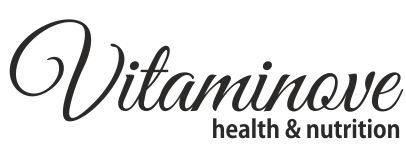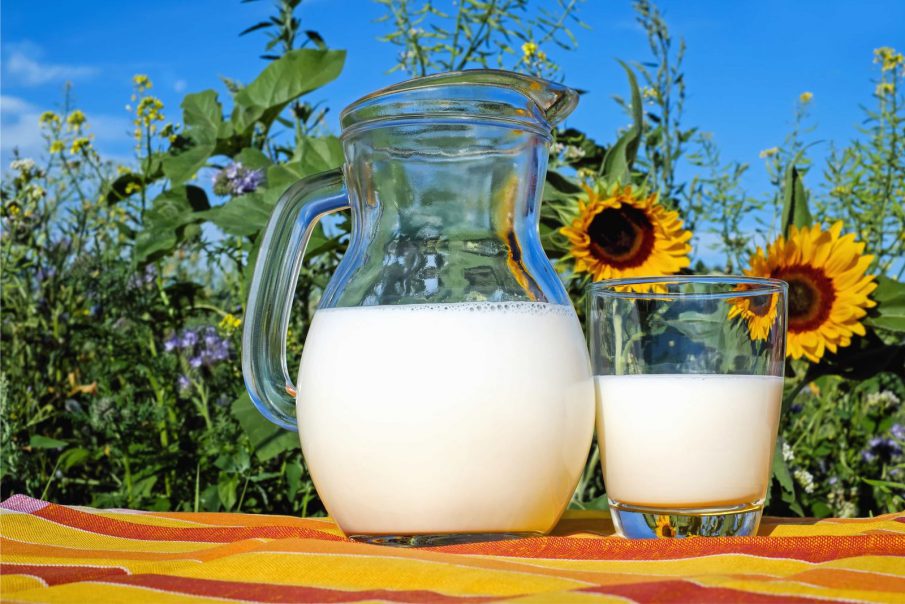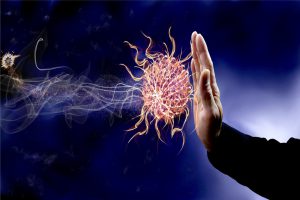As we well know, milk is the first food for the newborn. The mother’s milk has such an ideal composition that it can be enough for the baby to grow for almost 6 months of life and do not need to provide other valuable nutrients? Why do some mothers consciously give up breastfeeding their babies for artificial modified milk or even give the cow’s milk to the children?Hasn’t nature been created with a dose of perfection? We often refuse using its wealth and this is a big mistake! People should definitely return to nature and not only to provide ideal growth conditions for their new born kids but in every sphere of life replaced by a quantity-oriented industry.
Then why many environments today recognize that milk other than mother’s is not good for us?
1.Alergy to milk proteins.
About thirty proteins are present in milk. We distinguish four key fractions that become antigens in the human immune system. These include casein, alpha and beta lactoglobulin and albumin. Beta lactoglobulin is a fraction that is absent in breast milk, so it is an unknown protein and can most often cause allergies. Boiling milk kills a large fraction of both alpha and beta lactoglobulin, thus reducing its allergenicity. However, high temperature does not destroy casein, therefore dairy products that have been pasteurized are still harmful to the immune system of a person sensitive to milk proteins and bovine serum albumin can cause allergic reactions in various subclasses of antibodies, not only IgE but also IgG.
2. Lactose intolerance.
Lactose is a disaccharide present in milk. It is composed of D-galactose and D-glucose linked by a beta-1,4-glycosidic linkage (bond). In the human small intestine there is an enzyme called lactase and it is necessary to break down lactose into two simple sugars: glucose and galactose. Although there is more lactose in mother’s milk than in cow’s milk, most babies are well-prepared for its digestion. About the age of two, when the child is being ablactated from breast milk and goes into an adult-like diet, the production of lactase begins to decrease and the enzyme begins to disappear. If there is no enzyme in the intestine to digest lactose, we will meet with intolerance to milk sugar. For this reason, disturbing symptoms may appear in the digestive system, including nausea, bloating, gas, diarrhea or bubbling in the stomach. In addition, the cumulation of undigested lactose may lead to the growth of pathogenic intestinal microbiome, which would damage the intestinal mucosa walls (it’s lining). So remember, dear parent! If your child does not want to eat cereal with milk for breakfast, maybe he does not do it because of a whim or fantasy but more instinctively. Do not force him then!
3. Calcium.
Cow’s milk contains about 4 times more calcium than human milk. Humans do not need such an amount of calcium ions. Calves need it to develop hooves and strong bones in a very short period of time. In addition, cow’s milk contains five times more phosphorus and three times more sodium. It may interfere with calcium and phosphate homeostasis and burden the kidneys. In addition, calcium from milk is not a well-absorbed form because it occurs there in the company of animal proteins and the more in the diet of animal proteins the greater the excretion of calcium in the urine because calcium binds acids. In the case of high acidity of the body, calcium circulating in the blood is not enough. It must be removed from the bone, what causes demineralization and may lead to osteoporosis. The absorption of calcium increases if it is consumed in the company of magnesium, chlorophyll, vitamins A, E and C. In this form we may find it in plants. The fact that we provide a lot of calcium in the diet does not necessarily mean that all of this calcium will be absorbed by our digestive system. Good sources of calcium in the diet are algae, poppy seeds, sesame seeds, chia seeds, almonds, amaranth, dried figs, parsley, hazelnuts, sunflower seeds, white beans, kale, quinoa, tofu, soy milk, walnuts, chard, spinach , white cabbage, green beans, pumpkin, broccoli, leeks, raspberries. The level of calcium depends on absorbency and this is dependant of other issues:
- the level of vitamin D3 in the body
(the best form is the vitamin produced under the sun’s UVB rays. 7-dehydrocholesterol (7DHC – pro-vitamin D3) contained in the skin is transformed into cholecalferol (inactive form of vitamin D3). Then in the liver, cholecalciferol undergoes enzymatic hydroxylation by converting to calcipaphiol (25- (OH D3). Calciphaliol at position 25 in the liver and position 1 in the kidneys under the influence of the enzyme hydroxylase 25-hydroxycholecalciferol is transformed into 1,25-dihydroxycholecalciferol (1.25 (OH) 2D3) calcitriol, the active form of vitamin D3). Only the active form of vitamin D3 – calcitriol controls the calcium-phosphate homeostasis, participates in the processes of bone mineralization, immune phenomena and cell differentiation.
- the correct level of magnesium (algae, soybeans, beans, peas, red lentils, cocoa, pumpkin seeds, sunflower seeds, flax seeds, almonds, hazelnuts, walnuts, buckwheat, brown rice, millet, corn, parsley, spinach, chard)
- the correct level of phosphorus (Too high phosphorus supply may inhibit the absorption of calcium. High-processed products should be eliminated)
- presence of silicon, vitamin C, chlorophyll (unprocessed plantbased foods)
- consumption of phytic acid – an anti-nutrient substance that blocks the absorption of nutrients in the digestive tract. This is especially true for legumes, which should be soaked in water before cooking, and best to germinate it earlier.
- consuming the right amount of good quality fats, in which dissolve vitamins supporting calcium absorption.
- L-lysine consumption – an exogenous amino acid. Amaranth is it’s wealth.
- light physical effort has beneficial influence on bone mineralization and endurance.
Factors that inhibit the absorption of calcium are: meat, refined sugar, caffeine, theophylline, theotrombin, smoking, drinking alcohol, stress.
4. Pro-inflammatory properties, antibiotics, growth hormones, estrogens, pesticides.
Our society consumes huge amounts of dairy products. Starting with milk, cheese, yogurt ending with ice cream. Dairy products are toxic to our bodies. They not only increase inflammation but are also promoters of cancer at the DNA level. Scientific research has shown the association of prostate or colon cancer with the consumption of animal products. Dairy products also increase the level of insulin-like growth factor IGF-1 contributing to dramatic tumor growth and accelerated aging. Dairy cows are also used for breeding, therefore the consumption of milk with an increased content of estrogen is associated with an increased risk of breast, cervical and prostate cancer. Additionally cows have their udders prophylactically injected with antibiotics to prevent infection of these organs. The antibiotics we consume in milk have a destructive effect on our unique intestinal microbiome that provides immunity. Once, cows were grazed in the meadows and they used to eat grass. Today, cows are fed with grains and these grains are sprayed with nitrates – glyphosate. When we eat products from such milk or meat from such a cow, we eat all these substances that weaken the intestinal barrier and thus the immune system. Dairy products are the most dangerous for children because they expose them to bone demineralization and in those with a genetic predisposition to type-1 diabetes (autoimmune) early exposure in infancy may later lead to form specific antibodies of acquired immunity against pancreas.
Today we have a large access to information and products that we could successfully replace dairy with .
Milk – replace it with a vegetable drink called vegetable milk. I often buy coconut, oat, rice, hemp, millet, soy, soy – rice. Our porridge is also produced in our home with such milk.
Yoghurt – replace it with plantbased yoghurt (coconut, soy, oat)
Cottage cheese – replace it with homemade cottage of soaked sunflower seeds or cashews, tofu
Cheese – this one is the herdest to give up and it had been a long time until I stopped craving this taste and consistency. Recently I came across Violife company products – cheese alternative. It tastes and melts almost like a cheese made from animal milk but it is made of coconut oil and water.
Ice-cream – replace it homemade sorbets or home-made ice cream from coconut milk or peanut butter. Rather do not buy it in the store because bought ice cream is one of the worst chemical loade product you could ever imagine.
Cheese spreads – these are the most processed products in the dairy category. Ireplaced them with vegetable and protein pastes. It’s best to make them yourself at home because these available in stores are overloaded with unwanted fat and harmful vinegar. For example, you can use hummus from cooked chickpeas and tahini, or a spicy cauliflower paste with beans.
As you can see there are many replacement products. The only thing you need is willingness!
Bibliography:
- Barbara Kuligowska-Dudek, ” Dieta bez mleka i glutenu”
- dr n. med. Mirosława Gałęcka, “Dieta w chorobach autoimmunologicznych”, PZWL Wydawnictwo lekarskie.
- Brooke Goldner, M.D., “Goodbye lupus”






Comments
Pingback: Self-healing autoimmune disease with diet and lifestyle. - vitaminove.com